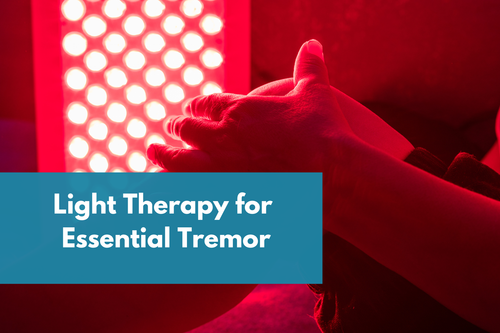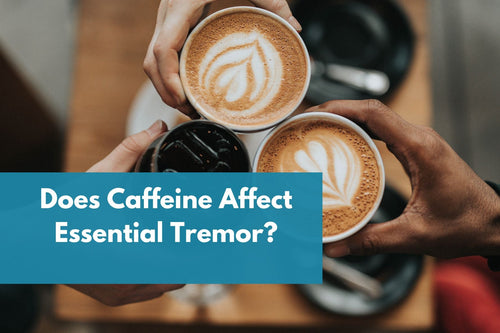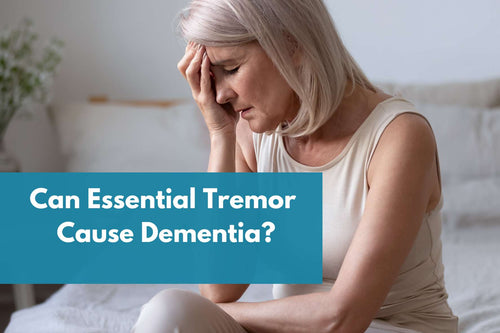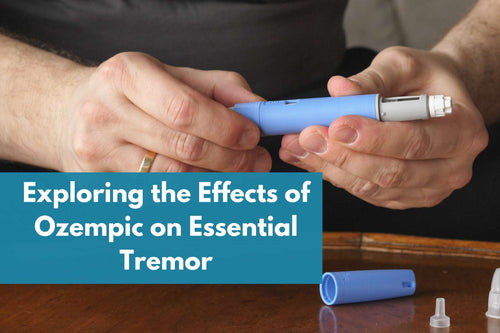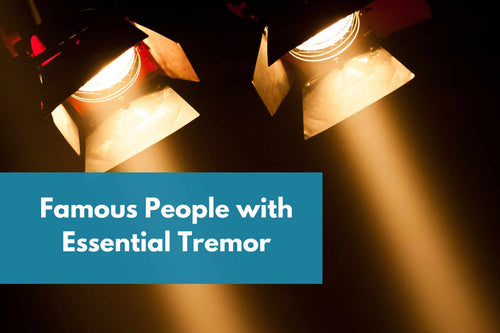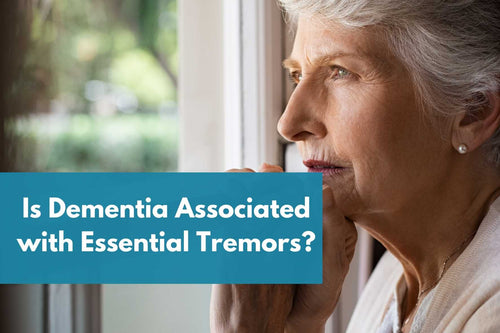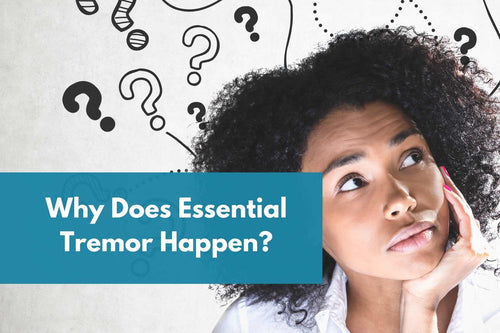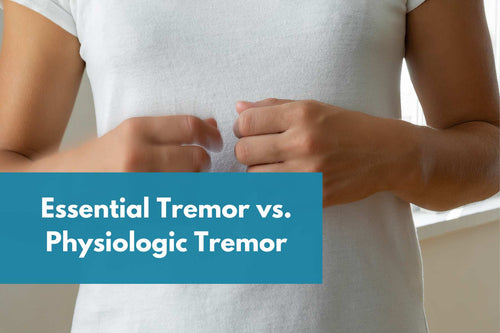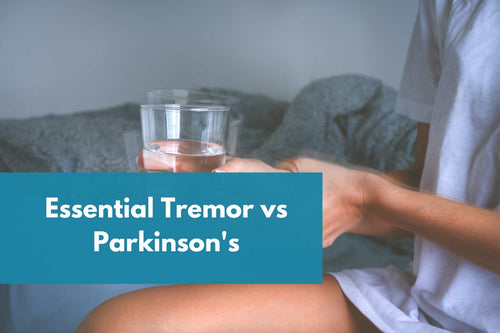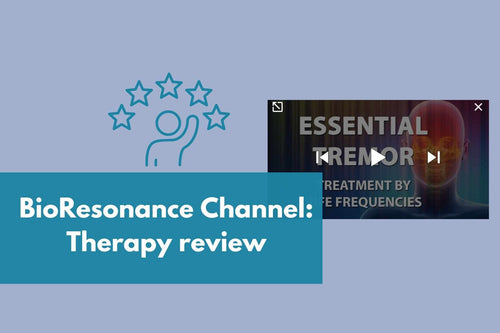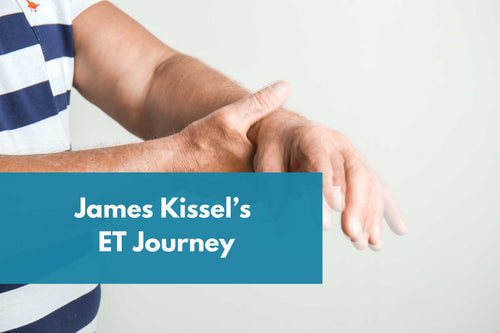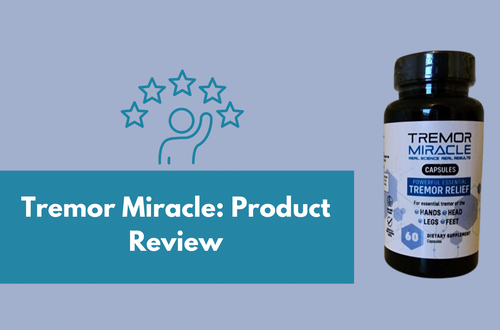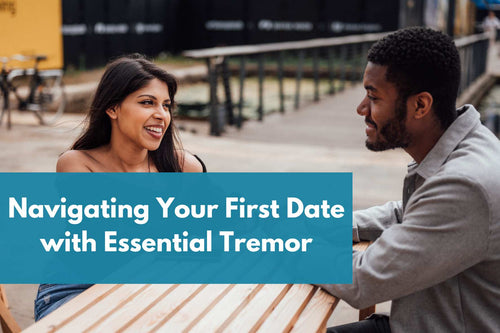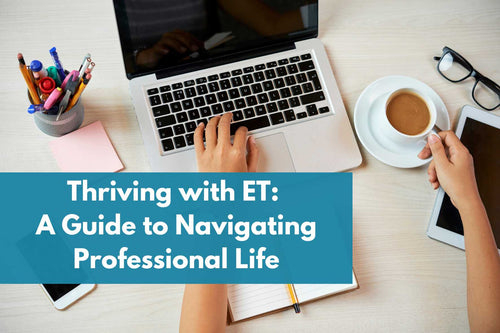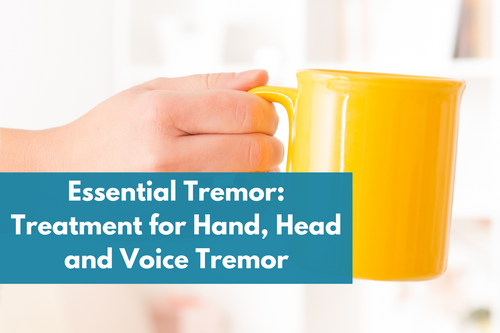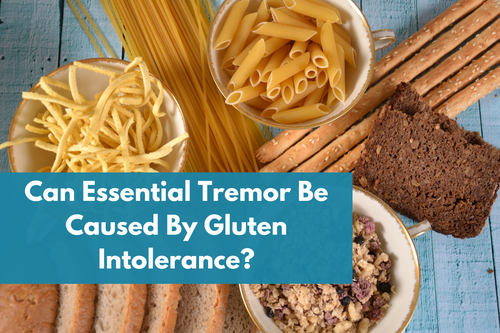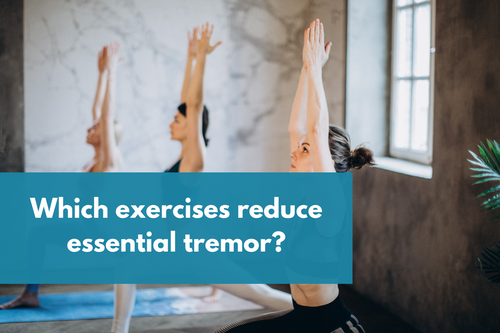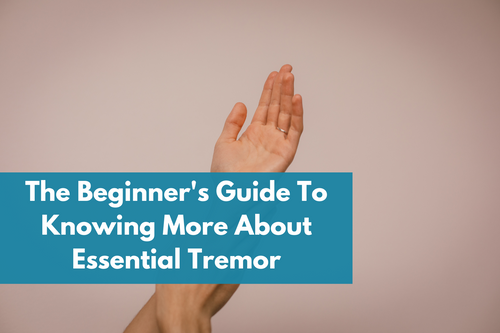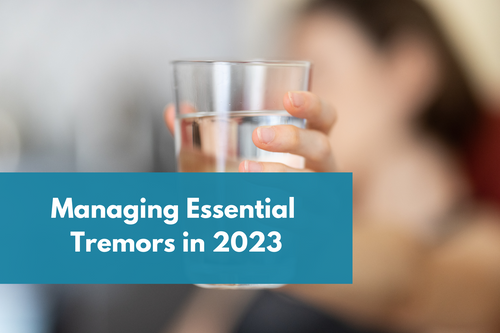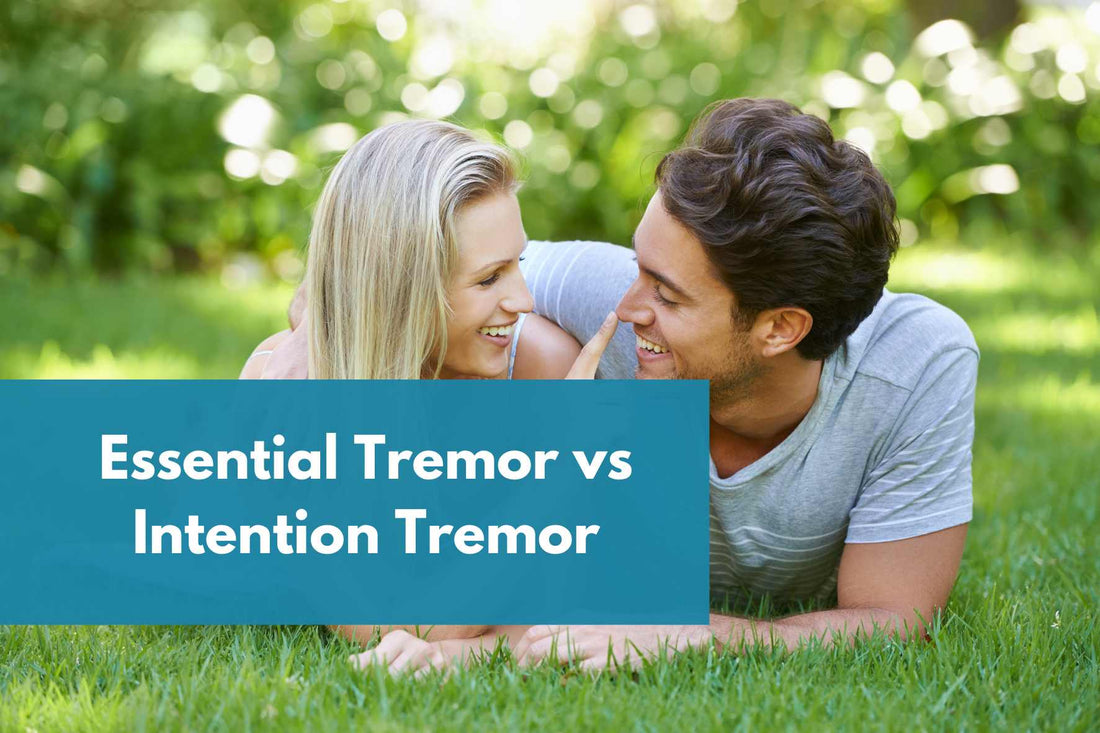
Essential Tremor vs Intention Tremor: Navigating the Shaky Differences
Share
Have you ever experienced your hands shaking uncontrollably while trying to enjoy your morning coffee or buttoning your shirt? These annoying symptoms could signal more than just a minor issue – they might indicate you're dealing with one of two common neurological movement disorders: intention or essential tremor.
Both of these conditions involve shaking movements, but they have their differences. Intention tremor shows up as slower, zigzag movements when you're reaching for something on purpose. On the other hand, essential tremor is a condition that causes shaking even when you're not trying to move. This post aims to delve into the key differences between these two types of tremors, exploring their causes, symptoms, where they occur, and how they're diagnosed.
Understanding essential tremor and intention tremor
Let's break down essential and intention tremor. Both are neurological issues that result in involuntary shaking, particularly of the hands and arms, though other parts of the body can be affected too. Telling them apart can be challenging since some of their symptoms overlap.
Essential Tremor: This is a very common movement disorder. It's known for causing shaking that gets worse when you're trying to do something, like holding a posture or moving. The cause isn't clear, but it often affects both hands.
Intention Tremor: This type of tremor happens during deliberate movements, like reaching for something. The shaking gets more intense the closer you get to your target, starting when you move on purpose and increasing until you finish the movement.
Causes of essential tremor and intention tremor
Essential Tremor: This tremor's exact causes are still being studied, but it's thought to involve the brainstem and possibly the cerebellum. There's also discussion about whether it might increase the risk of Parkinson's disease or is linked to certain types of movements.
Intention Tremor: This tremor is related to issues in the parts of the brain that control movement and feedback. Damage to certain brain areas can cause these action tremors, highlighting the complex processes involved in moving our bodies.
Diagnosing essential tremor and intention tremor
Essential Tremor: the diagnosis primarily relies on the patient's family history and a physical examination, making the need for lab tests or imaging less common. There are no specific biological markers for identifying essential tremor. While tools like electromyography or accelerometry can measure the tremor's frequency, rhythm, and strength, they're not typically used in standard assessments.
Intention Tremor: identifying this condition involves a detailed medical history and thorough neurological check-up. The diagnosis is supported by performing specific tests, such as the heel-to-shin test, which checks cerebellar function through the patient's ability to slide their heel down the shin to the foot. Additionally, the finger-to-nose test is employed to pinpoint intention tremors by tracking the motion of the patient’s finger from their nose towards the finger of the examiner.
Essential tremor and intention tremor treatment approaches
Essential Tremor: the management of essential tremors typically involves a mix of approaches including medications, rehabilitative physical therapy, adjustments in lifestyle, MRI-guided focused ultrasound and, for more severe cases, deep brain stimulation.
Intention Tremor: addressing intention tremors begins with pinpointing the root causes, which could range from reactions to medications and psychological stressors to underlying health conditions. Once the cause is determined, the treatment strategy might include a variety of options such as pharmacological treatments, physical rehabilitation, or, in select scenarios, surgical procedures like thalamic deep brain stimulation.
Conclusion
As our understanding of Essential Tremor and Intention Tremor continues to evolve, a multidisciplinary approach involving medical professionals, patients, and support networks remains crucial for comprehensive care and improved outcomes in the management of these distinct neurological disorders.

